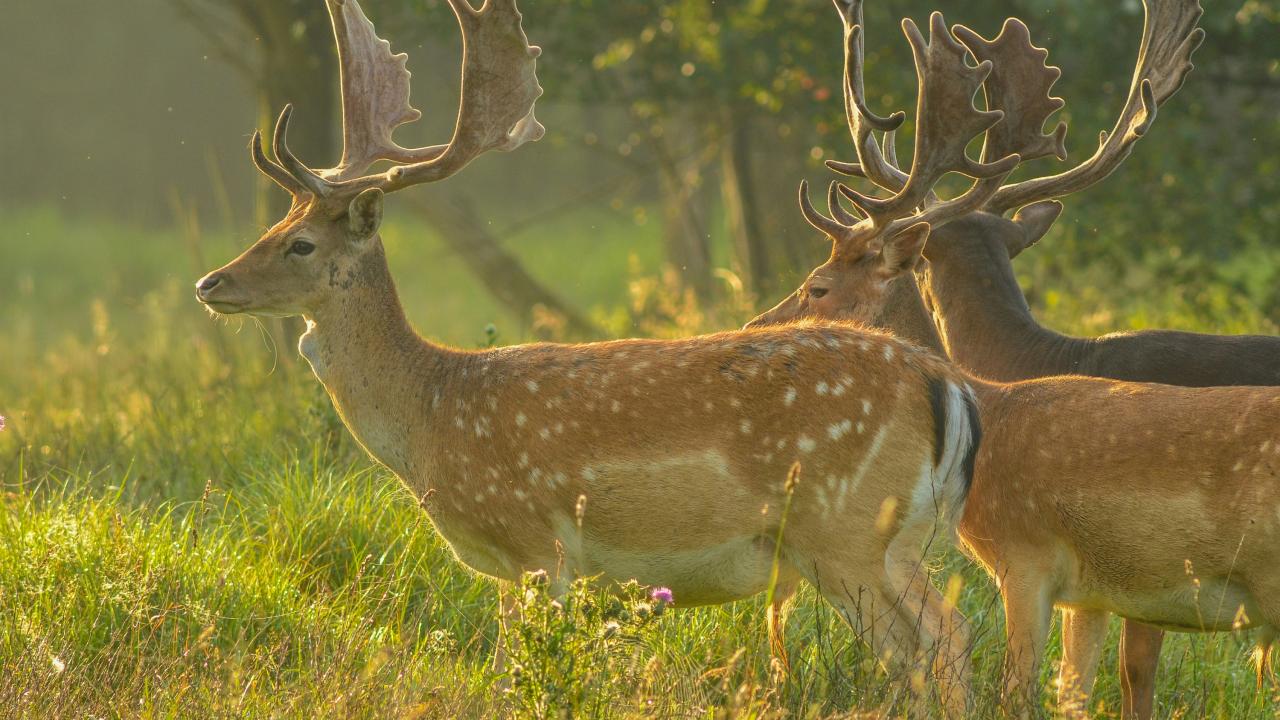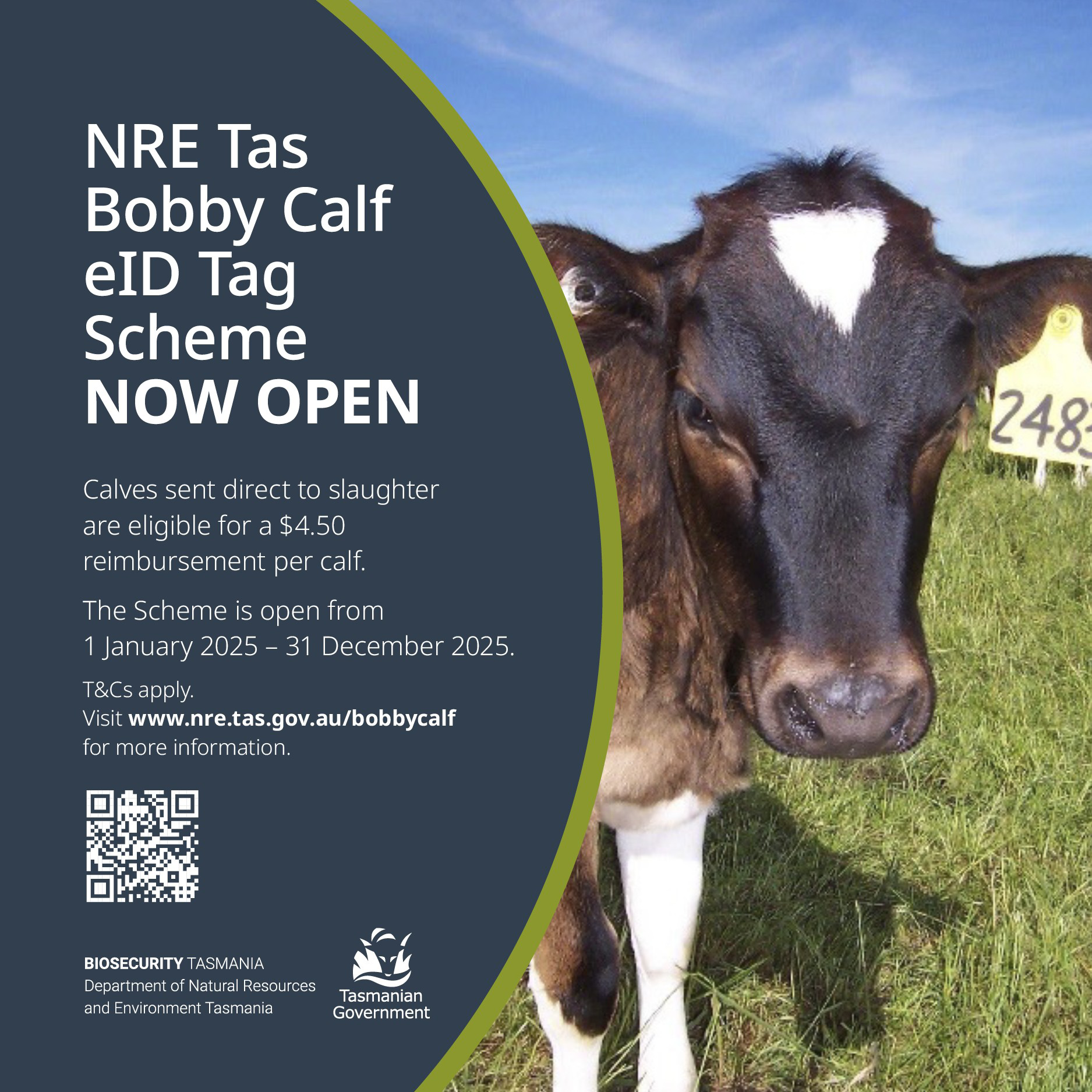Changes to deer population control and recreational hunting flagged

Proposed changes to deer population control and recreational hunting by the Liberals have received mixed responses from the heads of Tasmania’s peak deer and shooting organisations.
During the recent state election the Liberals stated that if returned to government, they would make Zone 3 - which is classified as locations where the animal either does not live yet, has only recently arrived, or should not be allowed to establish - a complete deer eradication area.
The current deer management plan allows for the removal of the animal in zones 2 and 3 but is subject to the landowner’s choice.
The Liberals have also said it would create a program to connect farmers with recreational shooters, a rebate program for ammunition, increase access to public land for shooters and continue the trial of commercial use of wild fallow deer meat for human consumption.
Labor did not release a specific plan for hunting and animal management during the state election, but its primary industries spokeswoman Janie Finlay said the party “acknowledges the impact of browsing wildlife and fallow deer on primary producers and will support farmers through appropriate regulation to ensure this is minimised where possible”.
Greens primary industries spokewoman Tabatha Badger said the party supported tackling invasive species but also did not have a specific policy in place.
“We understand the need for serious long-term funding and stand with Tassie farmers calling for the protections on feral deer to finally be removed,” Ms Badger said.
Australian Deer Association Tasmanian coordinator Scott Freeman said the plan for the program linking farmers with recreational shooters was a positive one.
“Hunting is an increasingly growing activity and there are a lot of Tasmanians who are new to hunting, or have been hunting for a while, who need somewhere to hunt because situations change and farms change hands,” Mr Freeman said.
“Hunters lose their spots to hunt not through their own fault but just under different circumstances.
“You’re always looking for new and better opportunities to go hunting.”
Mr Freeman, who is also part of the Tasmanian Deer Advisory Committee and Tasmanian Game Council, said he welcomed the proposed change to the deer population management in zone 3.
“The deer in that area is not positive for the deer brand in the state, although I’m not sure the word eradication is the right one to use as it’s very strong.
“We should not have any deer in zone 3 and if we can be a part of the solution in reducing those numbers then that’s a positive.”
However, Mr Freeman was not in favour of wild fallow deer meat being commercially available.
“Even though it costs us a lot of money to go and shoot it, we’re better off feeding our families with it than one or two people in the state making a shitload more money and me having to go to the supermarket to buy the meat,” he said.
Shooters Union Tasmania president Phillip Bigg, who ran as an independent in the recent state election, said he also believed the commercialisation of wild fallow deer would only benefit a select few.
“If we’re going to do something like this we need to do it properly and involve all stakeholders,” Mr Biggs said.
“Also, if they go down the commercialisation route, there is no reason why they cannot update the game to meet regulations to allow the donation of cold venison or wallaby.
“It’s absolutely hypocritical to do one and not the other.”
Mr Bigg said deer eradication and recreational hunting could be better managed in Tasmania.
“I’m not refuting that it is a concern where the deer are in certain areas are and we need to maintain Tasmania’s natural beauty as best we can.
“A lot of it is aerial culling, but once you shoot them out of those areas in the Central Highlands they are coming back because there are no recreational hunting zones between there and heading east.
“If they allow recreational hunters in Sustainable Timber lands, which do take up a lot of that surrounding area, it’s going to keep the deer numbers lower.
“These are things that aren’t being talked about that really need to be.”




Add new comment